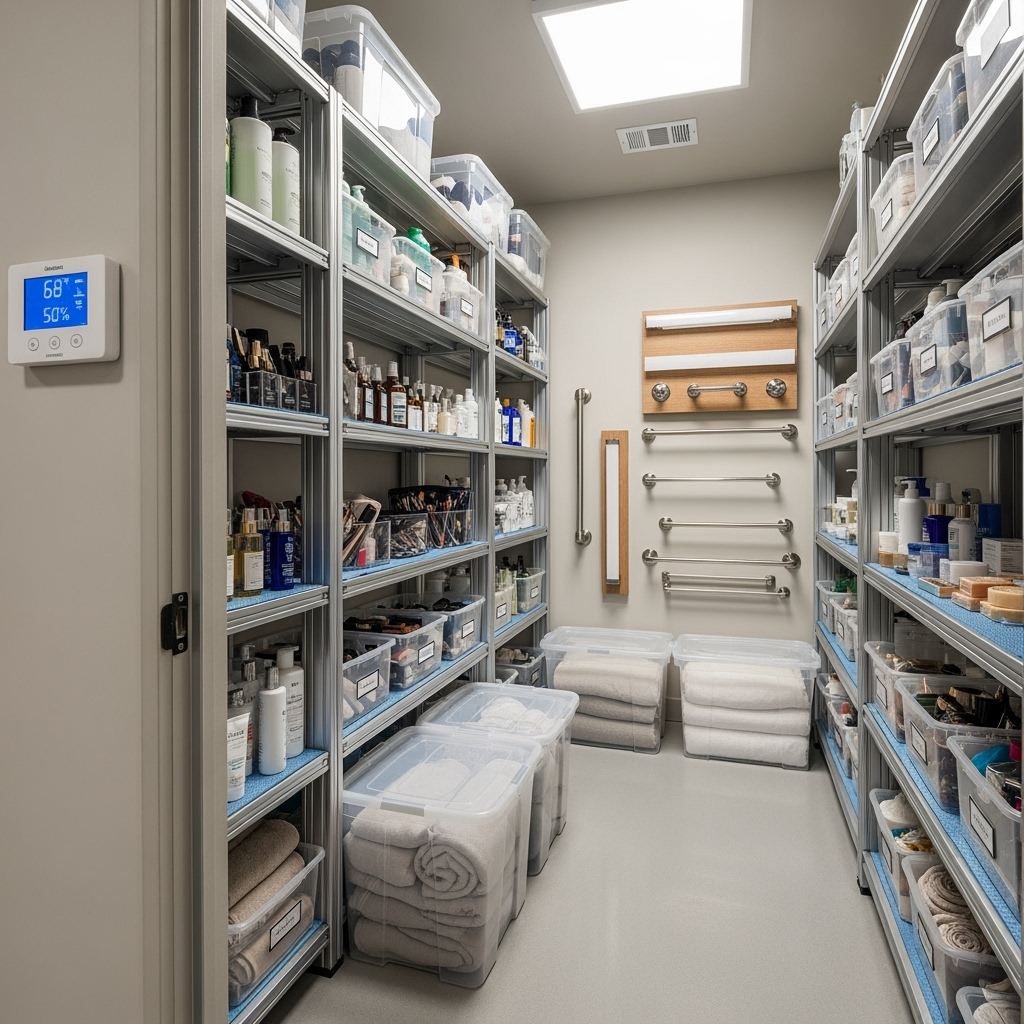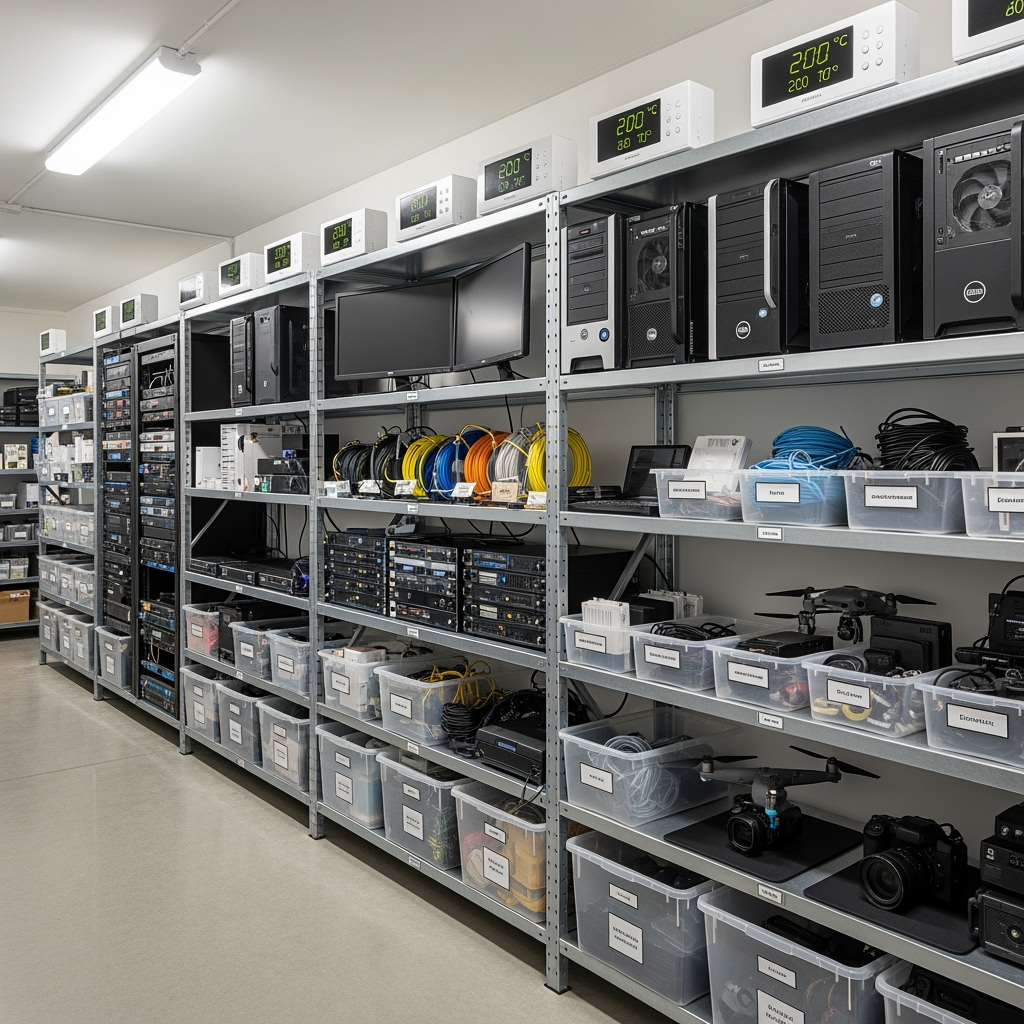The Critical Importance of Proper Storage for Cultural Heritage
Cultural artifacts and historical items are irreplaceable treasures that require specialized storage solutions to ensure their preservation for future generations. Whether you’re a museum professional, cultural organization, or private collector, understanding the proper storage techniques for these valuable items is essential.
Climate Control: The Foundation of Heritage Preservation
Temperature and humidity fluctuations can cause devastating damage to historical artifacts. Professional storage solutions should maintain:
- Consistent temperature between 65-70°F (18-21°C)
- Relative humidity levels between 45-55%
- Protection from UV light exposure
- Air filtration to prevent dust and pollutants
Specialized Storage Solutions for Different Materials
Different types of cultural heritage items require specific storage conditions:
Textiles and Fabric Items
- Use acid-free tissue paper for padding
- Store flat when possible to prevent stress on fibers
- Avoid plastic containers that can trap moisture
- Use muslin covers for additional protection
Paper Documents and Photographs
- Store in acid-free archival boxes
- Use archival-quality sleeves for individual items
- Keep away from direct light
- Maintain consistent temperature and humidity
Professional Organization Systems
Proper organization is crucial for preserving and accessing cultural heritage items:
- Implement a detailed cataloging system
- Use archival-quality labels and markers
- Create a digital inventory with photographs
- Maintain handling protocols and documentation
Security and Access Considerations
Protecting valuable cultural items requires comprehensive security measures:
- Limited access control systems
- Security monitoring and alerts
- Fire suppression systems designed for artifacts
- Regular security audits and updates
Regular Monitoring and Maintenance
Preservation requires ongoing attention and care:
- Schedule regular condition assessments
- Monitor environmental conditions consistently
- Keep detailed records of any changes or concerns
- Plan for periodic professional conservation review
Emergency Preparedness for Heritage Collections
Having an emergency plan is essential for protecting cultural heritage items:
- Develop a detailed disaster response plan
- Train staff in emergency procedures
- Maintain emergency supply kits
- Create backup documentation of collections
Professional Resources and Support
Connect with professional organizations and resources:
- American Alliance of Museums (AAM)
- International Council of Museums (ICOM)
- Society of American Archivists (SAA)
- Local preservation societies and experts
Making the Right Storage Choice
When selecting a storage solution for cultural heritage items, consider:
- Climate control capabilities and monitoring
- Security features and access protocols
- Staff expertise in handling valuable items
- Emergency response procedures
- Location and accessibility
Conclusion
Proper storage of cultural heritage items is a significant responsibility that requires careful planning, professional expertise, and ongoing attention to detail. By implementing these professional storage solutions and best practices, you can ensure these valuable pieces of history are preserved for future generations to study and appreciate.










Leave a Reply